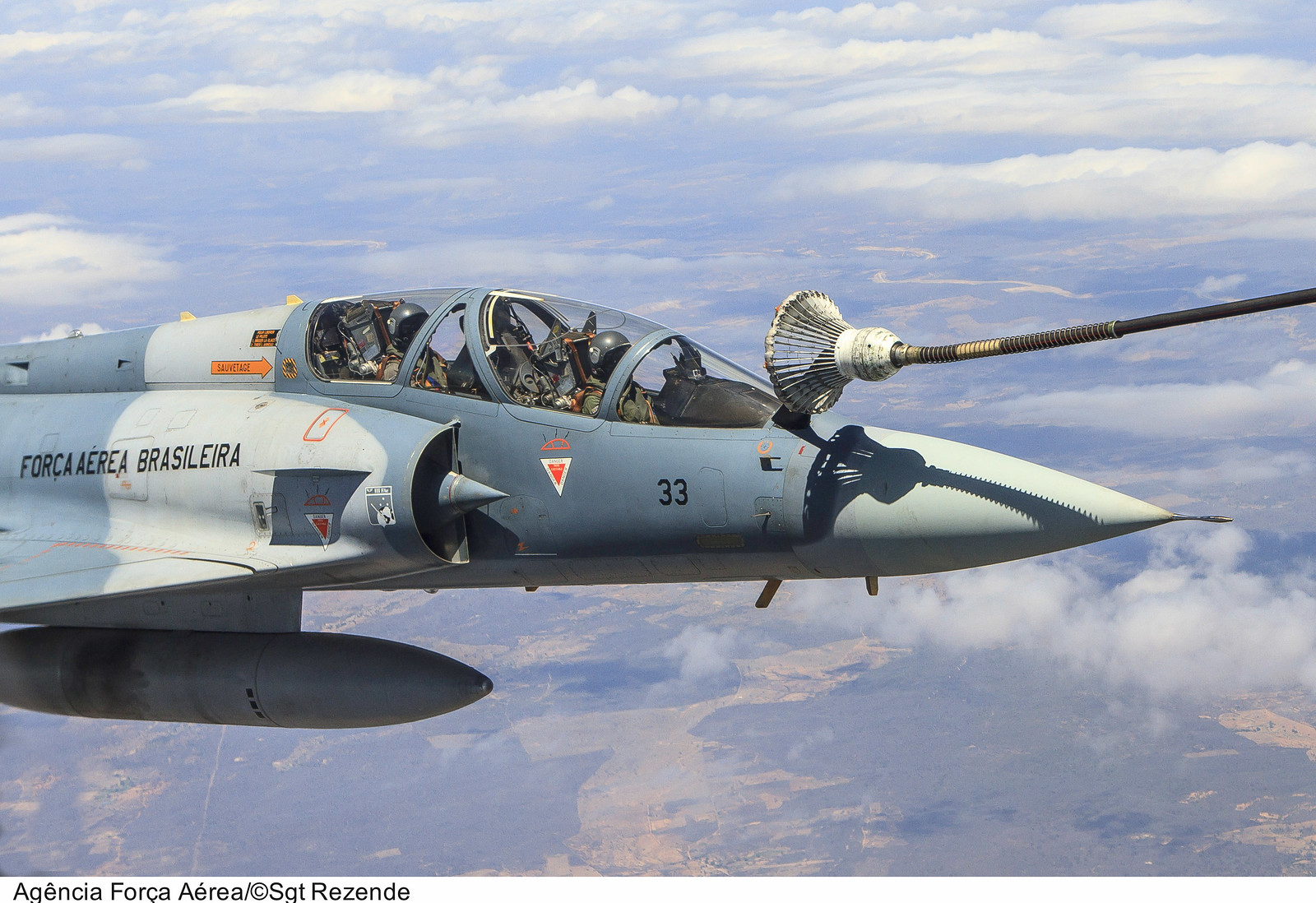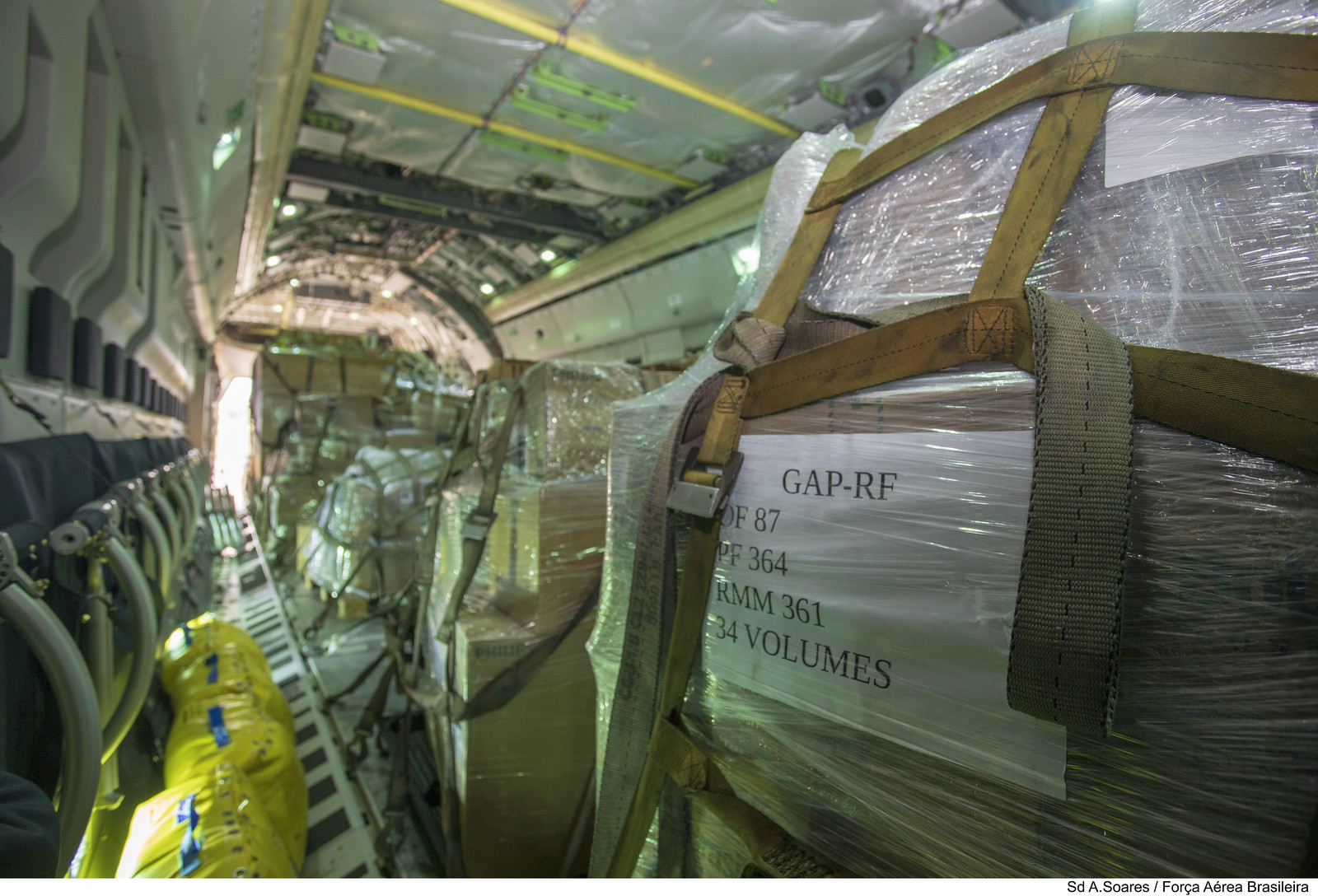- Joined
- Jul 27, 2018
- Messages
- 1,466
- Points
- 218
First Flight Test Conducted by Brazilian Test Engineers

The Brazilian test engineers at the Flight Test department at Saab Aeronautics are halfway through their Transfer of Technology training and work programme. Recently they conducted their first flight test in the Gripen E programme during an almost two hour-long flight.
Last October, engineers from Embraer joined the Flight Test department at Saab Aeronautics in Linköping to work on tactical systems testing in Gripen E. With the theoretical studies and the on-the job training over, the engineers have now progressed to the full flight session.
The flight session carried out last month with the first Gripen E aircraft to Brazil (designated 6001) was a so-called edition-control flight aimed to test the updated Head-Up Display, the new radar altimeter and edition functions at an overall level.
About the Programme
The Brazilian Gripen programme includes a very effective and extensive transfer of technology. Until 2025, more than 350 Brazilian engineers and technicians from partner companies will participate in theoretical and on-the-job training at Saab in Linköping, Sweden. Until today, about 200 engineers have been trained in Sweden. They are already back in Brazil, most of them working at the Gripen Design and Development Network (GDDN) located at the Embraer plant in Gavião Peixoto.

 saab.com
saab.com

The Brazilian test engineers at the Flight Test department at Saab Aeronautics are halfway through their Transfer of Technology training and work programme. Recently they conducted their first flight test in the Gripen E programme during an almost two hour-long flight.
Last October, engineers from Embraer joined the Flight Test department at Saab Aeronautics in Linköping to work on tactical systems testing in Gripen E. With the theoretical studies and the on-the job training over, the engineers have now progressed to the full flight session.
The flight session carried out last month with the first Gripen E aircraft to Brazil (designated 6001) was a so-called edition-control flight aimed to test the updated Head-Up Display, the new radar altimeter and edition functions at an overall level.
About the Programme
The Brazilian Gripen programme includes a very effective and extensive transfer of technology. Until 2025, more than 350 Brazilian engineers and technicians from partner companies will participate in theoretical and on-the-job training at Saab in Linköping, Sweden. Until today, about 200 engineers have been trained in Sweden. They are already back in Brazil, most of them working at the Gripen Design and Development Network (GDDN) located at the Embraer plant in Gavião Peixoto.

Brazil | Saab
With innovative, collaborative and pragmatic thinking, Saab is the preferred regional partner for military defense and civil security in Brazil.

































































































































